1. What is Turboclav® and where it is used for?
Turboclav® is an antibacterial combination of Cefuroxime, a 2ndgeneration cephalosporin and the beta-lactamase inhibitor, Clavulanic Acid. It has broad spectrum bactericidal activity against a wide range of common pathogens, including extended spectrum β-lactamase (ESBL) producing strains.
Turboclav® is indicated in various infections and used to treat infections such as Tonsillopharyngitis, Tonsillectomy, Sinusitis, Acute Suppurative Otitis Media (ASOM), Chronic Suppurative Otitis Media (CSOM), Cellulitis & Abscess, Surgical Site Infections, Pyelonephritis & Uncomplicated UTIs, Dentoalveolar Abscess & Infections, Osteomyelitis, Bone & Joint Infections, Acute Exacerbation of Chronic Bronchitis (AECB) & Community Acquired Pneumonia (CAP).
2. How to take Turboclav®
Turboclav® should be taken after meal for optimum absorption of the drug.
3. Precaution :
As with other antibiotics, prolonged use of Turboclav® may result in the over growth of nonsusceptible organisms (e.g. Candida, Enterococci, Clostridium difficile) which may require interruption of treatment.
Contraindication
It is contraindicated in patient with known hypersensitivity to Cephalosporins, Clostridium difficile infections, history of cholestatic jaundice or hepatic dysfunction associated with clavulanate combinations.
Drug-interaction
Antacids, H2 receptor blockers and PPIs: Absorption may reduce if taken concomitantly
Indications of Turboclav 500 mg+125 mg
Turboclav 500 mg+125 mg is indicated for treating infections caused by sensitive bacteria, including:
Pharyngitis/tonsillitis due to Streptococcus pyogenes
Acute bacterial otitis media caused by Streptococcus pneumoniae, Haemophilus influenzae, Moraxella catarrhalis (beta-lactamase producing strains), or Streptococcus pyogenes
Acute bacterial maxillary sinusitis caused by Streptococcus pneumoniae or Haemophilus influenzae (non beta-lactamase producing strains)
Lower respiratory tract infections, including pneumonia, caused by Streptococcus pneumoniae, Haemophilus influenzae (including beta-lactamase-producing strains), Klebsiella spp., Staphylococcus aureus (penicillinase- and non-penicillinase-producing strains), Streptococcus pyogenes, and E. coli
Acute bacterial exacerbation of chronic bronchitis and secondary bacterial infections of acute bronchitis caused by Streptococcus pneumoniae, Haemophilus influenzae (beta-lactamase negative strains), or Haemophilus parainfluenzae (beta-lactamase negative strains)
Uncomplicated skin and skin-structure infections caused by Staphylococcus aureus (including beta-lactamase producing strains) or Streptococcus pyogenes
Uncomplicated urinary tract infections caused by E.coli or Klebsiella pneumoniae
Bone and joint infections caused by Staphylococcus aureus (penicillinase- and non-penicillinase-producing strains)
Uncomplicated gonorrhea caused by penicillinase-producing and non-penicillinase-producing strains of Neisseria gonorrhoeae
Early Lyme Disease (erythema migrans) caused by Borrelia burgdorferi
Septicemia caused by Staphylococcus aureus, Streptococcus pneumoniae, E.coli, Haemophilus influenzae (including ampicillin-resistant strains), and Klebsiella spp
Meningitis caused by Streptococcus pneumoniae, Haemophilus influenzae (including ampicillin-resistant strains), Neisseria meningitidis, and Staphylococcus aureus (penicillinase and non-penicillinase-producing strains)
Switch therapy (injectable to oral)
Theropeutic Class
Second generation Cephalosporins
Pharmacology
Cefuroxime is a bactericidal second-generation cephalosporin antibiotic that effectively targets a wide range of susceptible Gram-positive and Gram-negative organisms, including numerous beta-lactamase producing strains. It works by disrupting bacterial cell wall synthesis through interference with the transpeptidation process.
Clavulanic acid, a naturally derived beta-lactamase inhibitor produced by Streptomyces clavuligerus, shares a similar structure with beta-lactam antibiotics. It irreversibly binds to beta-lactamase enzymes, rendering them inactive. Clavulanic acid provides Cefuroxime with protection against degradation by beta-lactamase enzymes, offering a solution for treating bacterial infections caused by beta-lactam-resistant bacteria.
Dosage of Turboclav 500 mg+125 mg
Adolescents and adults (13 years and older)- Pharyngitis/tonsillitis: 250 mg b.i.d. for 5-10 days
Acute bacterial maxillary sinusitis: 250 mg b.i.d. for 10 days
Acute bacterial exacerbation of chronic bronchitis: 250-500 mg b.i.d. for 10 days
Secondary bacterial infections of acute bronchitis: 250-500 mg b.i.d. for 5-10 days
Uncomplicated skin and skin structure infections: 250-500 mg b.i.d. for 10 days
Uncomplicated urinary tract infections: 250 mg b.i.d. for 7-10 days
Uncomplicated Gonorrhoea: 1000 mg b.i.d. Single dose
Community acquired pneumonia: 250-500 mg b.i.d. for 5-10 days
MDR Typhoid Fever: 500 mg b.i.d. for 10-14 days
Early Lyme disease: 500 mg b.i.d. for 20 days
Paediatric Patients (3 months to 12 years)- Pharyngitis/Tonsillitis: 20 mg/kg/day b.i.d for 5-10 days
Acute otitis media: 30 mg/kg/day b.i.d for 10 days
Acute bacterial maxillary sinusitis: 30 mg/kg/day b.i.d for 10 days
Impetigo: 30 mg/kg/day b.i.d for 10 days
Administration of Turboclav 500 mg+125 mg
Turboclav 500 mg+125 mg tablet may be taken without regard of food.
Interaction of Turboclav 500 mg+125 mg
When probenecid is administered concurrently with Cefuroxime-Clavulanic Acid, it significantly increases the area under the serum concentration-time curve by 50%. The use of medications that reduce gastric acidity may result in decreased bioavailability of Cefuroxime, potentially counteracting its postprandial absorption benefits.
Contraindications
Cefuroxime-Clavulanic Acid is contraindicated in patients with a known allergy to cephalosporins and in patients with Pseudomembranous Colitis.
Side Effects of Turboclav 500 mg+125 mg
Generally Turboclav 500 mg+125 mg is well tolerated. However, a few side effects like nausea, vomiting, diarrhea, abdominal discomfort or pain may occur. As with other broad-spectrum antibiotics, prolonged administration of Cefuroxime and Clavulanic acid combination may result in overgrowth of nonsusceptible microorganisms. Rarely (<0.2%) renal dysfunction, anaphylaxis, angioedema, pruritis, rash and serum sickness like urticaria may appear.
Pregnancy & Lactation
While it’s generally advisable to avoid antibiotics during the first trimester of pregnancy, Turboclav 500 mg+125 mg can be used safely in later stages to address urinary and other infections. It is excreted into breast milk in small amounts, but it’s essential to consider the potential for sensitizing the infant.
Precautions & Warnings
Cefuroxime should be given with care to patients receiving concurrent treatment with potent diuretics & who has history of colitis.
Storage Conditions
Store in a cool, dry place (below 30o C), away from light and moisture. Keep out of the reach of children.
Drug Classes
Second generation Cephalosporins
Mode Of Action
Cefuroxime is a bactericidal second-generation cephalosporin antibiotic with activity against a wide range of susceptible Gram-positive and Gram-negative organisms, including many strains that produce beta-lactamase enzymes. Cefuroxime works by disrupting the bacterial cell wall synthesis through interference with the transpeptidation process.
Clavulanic acid, a naturally derived beta-lactamase inhibitor produced by Streptomyces clavuligerus, shares a structural similarity with beta-lactam antibiotics. It irreversibly binds to beta-lactamase enzymes, rendering them inactive. This protective action of clavulanic acid shields Cefuroxime from degradation by beta-lactamase enzymes, making it an effective solution for treating bacterial infections caused by beta-lactam-resistant bacteria.


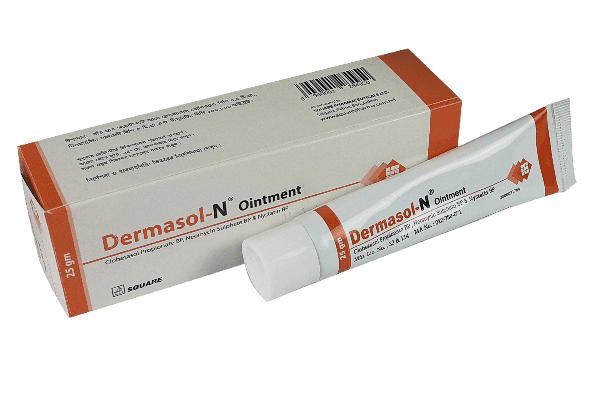
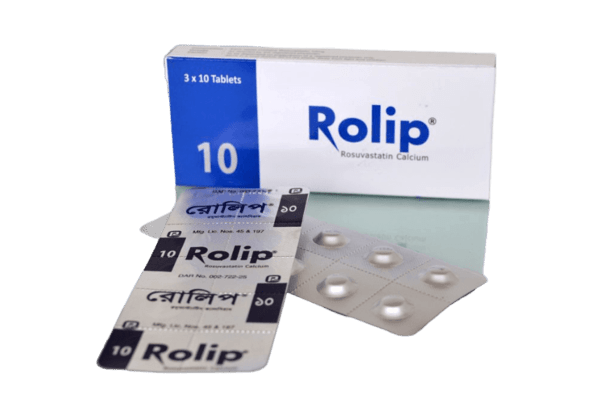
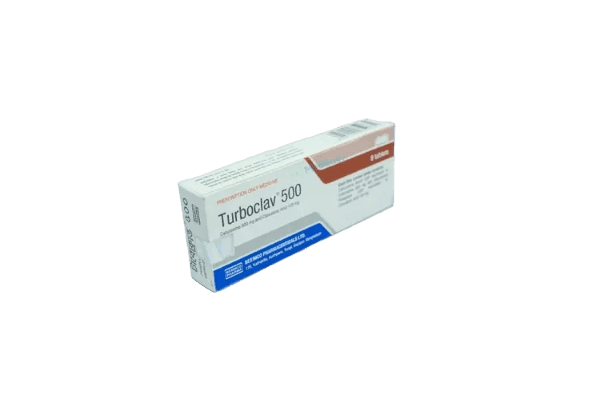


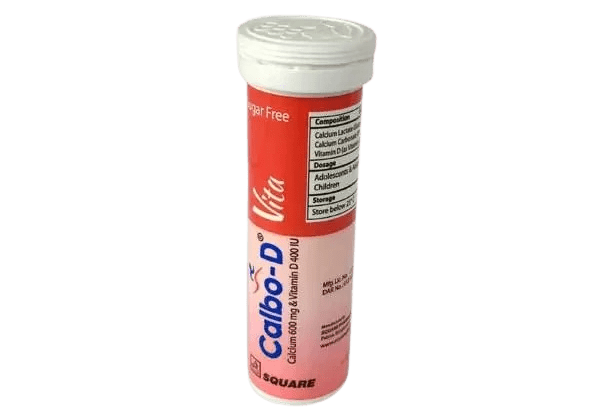
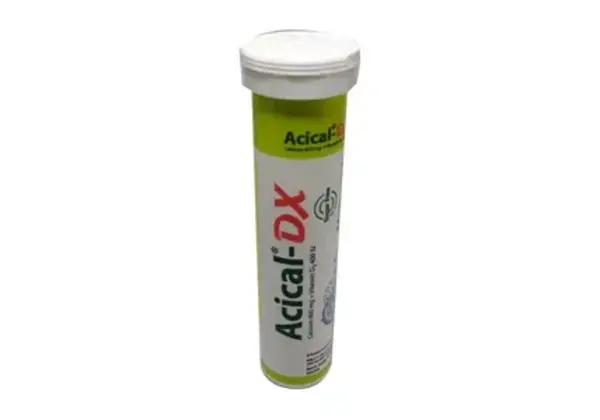
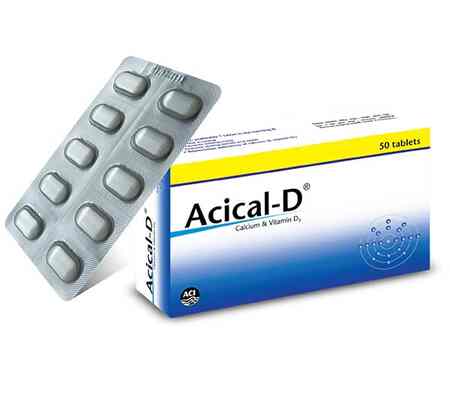

Reviews
Clear filtersThere are no reviews yet.